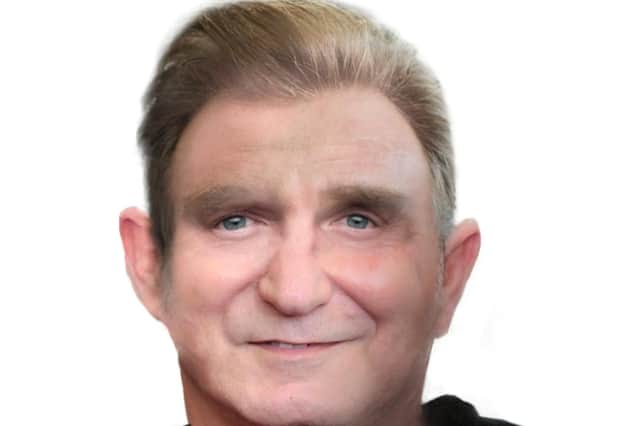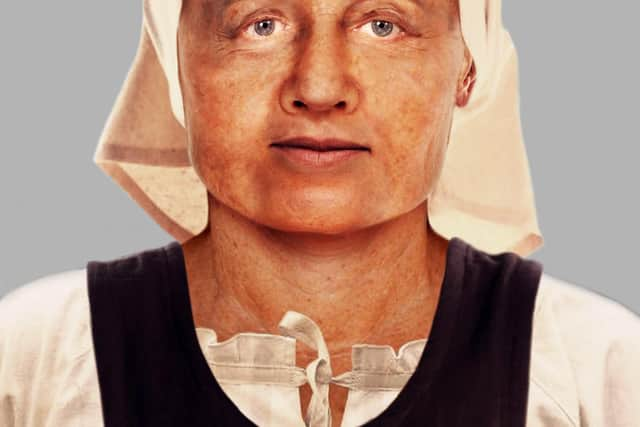'A fascinating insight' - Forensic artists recreate the faces of Medieval Edinburgh residents from tram works skull finds


The human remains, dating back 700 years, were found during excavations of a graveyard in Leith as part of the Trams to Newhaven project.
They were uncovered outside South Leith Parish Church and are believed to date from the 14th and 17th century.
Advertisement
Hide AdAdvertisement
Hide AdThe faces of a man and woman – both aged between 35 and 50 – were created using a 3D scanner by masters students working in collaboration with the Edinburgh City Council’s archaeologists.


Early forensic analysis indicates that the woman may have suffered from nutritional deficiencies.
Excavations were carried out last summer in Constitution Street, where previous investigations showed that in the medieval period the church's graveyard extended across the road with graves surviving beneath the current road surface.
The team of archaeologists, who were working to remove any human remains that could be affected by the tram works, exhumed more than 360 bodies, dating from between 1300 and 1650, as well as finding the apparent remnants of the original medieval graveyard wall.
Advertisement
Hide AdAdvertisement
Hide AdThe remains are now subject to examination and analysis that will reveal information on the origins, health, diseases and diet of the people of medieval Leith.
Council archaeologist John Lawson said: ''These fantastic reconstructions help us connect directly with our forebearers.
"Often, we as archaeologists just see the physical remains but the work undertaken by Dundee University's forensic artists helps put the flesh, so to speak, back onto these remains and by doing so I feel brings them closer to us today.''
Councillor Karen Doran, Transport and Environment Vice Convener, said: "It's so interesting to see these images.
Advertisement
Hide AdAdvertisement
Hide Ad" It really makes you think about what life could have been like in Leith all those years ago and I look forward to finding out more from the experts analysing the remains found."
Councillor Lesley Macinnes, Transport and Environment Convener, added: "These images give us a fascinating insight into the lives of the people who lived in our city centuries ago.
"The work being carried out now will not only shed light on the area's past but will help to conserve it for many years to come."
A message from the Editor:
Thank you for reading this article. We're more reliant on your support than ever as the shift in consumer habits brought about by coronavirus impacts our advertisers.
If you haven't already, please consider supporting our trusted, fact-checked journalism by taking out a digital subscription.
Comment Guidelines
National World encourages reader discussion on our stories. User feedback, insights and back-and-forth exchanges add a rich layer of context to reporting. Please review our Community Guidelines before commenting.